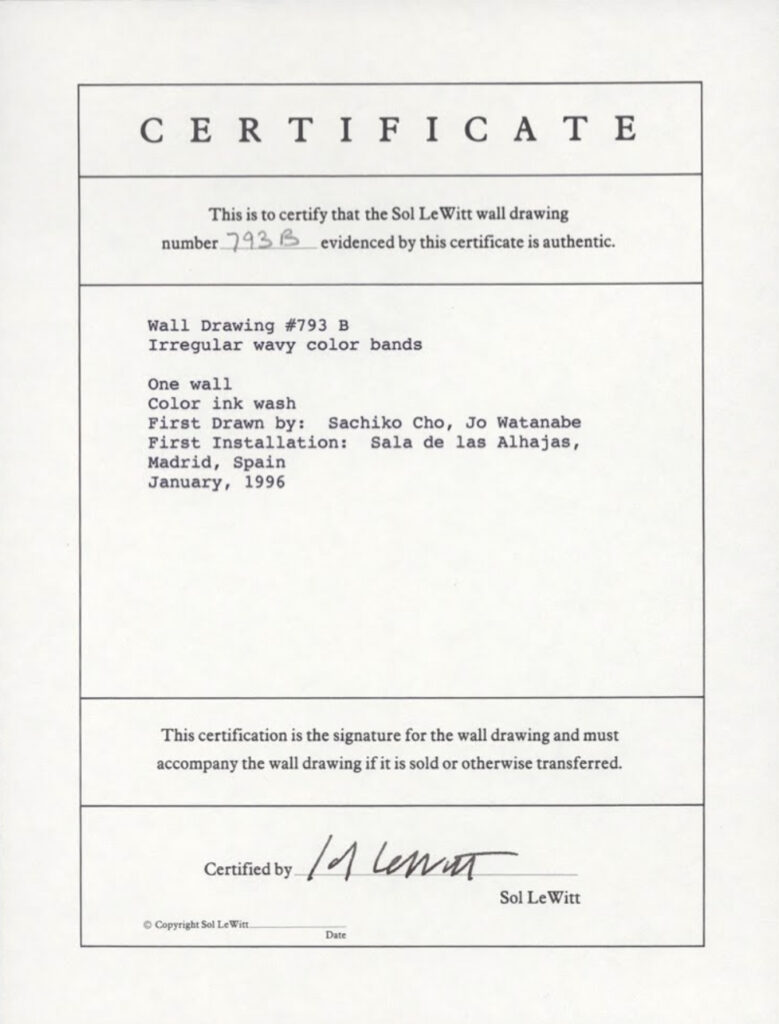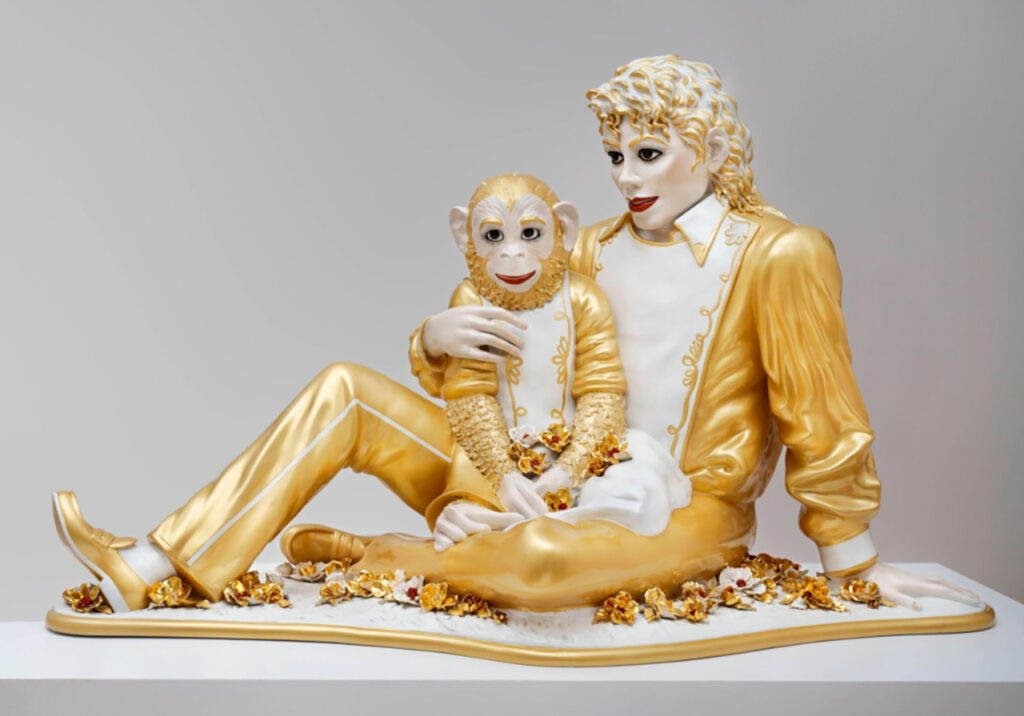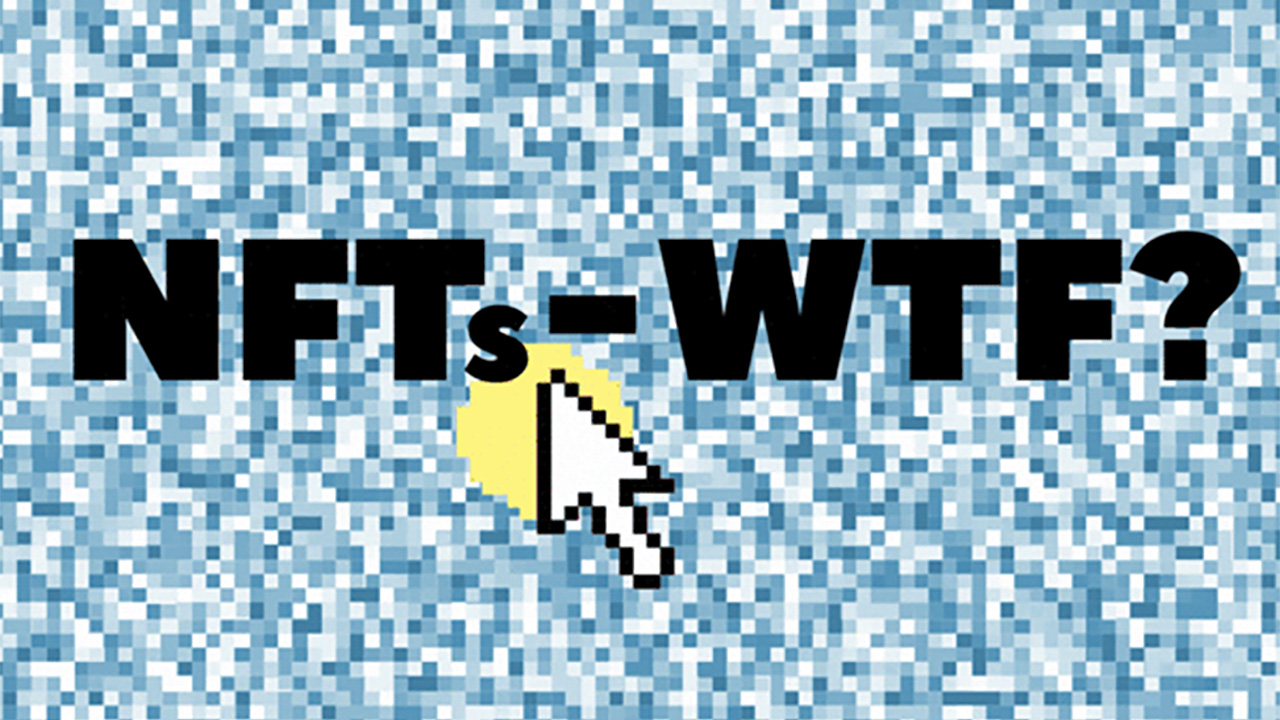Where does the story of NFT art begin in earnest? Colored Coins? Memes on the blockchain? CryptoKitties? In truth, it’s quite possible future histories will gloss over such spasmodic beginnings and jump to the Beeple sale at Christie’s, earmarking it as the moment NFTs caught the attention of mainstream audiences (or normies, to borrow the insider parlance).
An alternate origin story locates the roots of NFT art and all its current fervor not on the blockchain, but in the past half a century of artistic practices, and a market that both catalyzed and enveloped it. This was the approach taken by Museum of Contemporary Art Denver’s provocatively titled webinar, “NFTs – WTF? An Illuminating Program About Non-Fungible Tokens.” As outlined by Director Nora Burnett Abrams and Amy Whitaker, a blockchain researcher and visual arts professor at New York University, NFTs are a logical outgrowth of earlier art historical ideas and movements. Here are two touch point moments.
Sol LeWitt’s certificate of authenticity

Sol LeWitt, Wall Drawing #793B Certificate, 1996. Image: MASS MoCA on Google Arts & Culture
Conceptual artist LeWitt famously wrote “the idea becomes a machine that makes the art,” meaning a work’s value was the concept, not its physical manifestation. Many LeWitt works are tied to a certificate of authenticity that includes artist instructions; own these and an individual has the right and ability to install them. Consequently, for works such as LeWitt’s Wall Drawings, it’s the certificate of authenticity, rather than the physical installation itself, that has value. This idea is strikingly similar to NFTs. Just as anyone online can right-click and save a Cryptopunk JPEG for free, so too an individual can meticulously copy a LeWitt drawing on their bedroom wall, but it’s the ownership of a certificate of authenticity — or a smart contract on the blockchain in the case of a NFT — that makes the artist’s work unique and therein valuable.
Key Quote: “The work on the wall was less important than the concept. There are infinite copies of Sol LeWitt, but they are not legitimate. It creates a provocative set of possibilities for what happens when work leaves the artist and enters the world.” — Nora Burnett Abrams, Director of MCA Denver
Jeff Koons’ elevation of pop culture

Jeff Koons, Michael Jackson and Bubbles, 1988. Image: Collection SFMOMA, purchase through the Marian and Bernard Messenger Fund and restricted funds; © Jeff Koons
The art establishment’s disdain towards the aesthetics of NFTs is historically predictable. Early NFT art focused on pop culture references that have significance within the crypto community (Pepe memes, collectible CryptoKitties), and similarly, in the 1980s, Jeff Koons forced the world of “high art” to confront and accept his works rejoicing in pop culture (Michael Jackson, Pink Panther). It was a decade in which art market prices soared to previously unimaginable heights, as with NFT prices today, and Koons became a raging market force. If Koons showed that celebrity culture was sacred in the contemporary imagination and worthy of being valuable high art, today’s NFT artists are making the same argument for internet culture.
Key Quote: “The power is that [Koons’ works] document and embody a consumptive desire and pleasure. We talk about it in terms of monetary value; the value is intertwined with its role in the market and this cannot be decoupled.” — Nora Burnett Abrams, Director of MCA Denver



